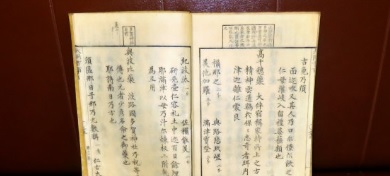The triumphs and perils of translating Japan’s oldest medical text
Medical Pharmaceutical Translations • Dec 18, 2019 12:00:00 AM

In the late 8th century CE, Japanese emperor Kanmu commissioned an important medical text, the “Daido Ruijuho”. A project that continued into the 12th century, this would be a compendium of the knowledge Japanese missionaries had gained from learning about traditional medicine while in China.
Emperor Kanmu’s goal was admirable – this wasn’t a text to be used exclusively for the
nobility, but a way to communicate medical knowledge to common people, as well.
Over time, many volumes of the “Daido Ruijuho” have been lost, found, and even perhaps forged. Now, Japanese scholars are translating one of the most important parts of the series, a book called Ryobon, into modern Japanese.
The project echoes Emperor Kanmu’s original goal, since now the knowledge that this book contains will be able to be read by any person in modern Japan.
Today, Kampo, traditional Japanese medicine and medical practices derived from traditional Chinese medicine (TCM), continues to be popular in Japan. The same goes for traditional Chinese medicine; Japan is one of the top consumers of TCM in the world.
But translating Ryobon carries its own special perils. Pharmacognosy professor Noriyasu Hada warns that translators have to be extremely careful to get the dosage levels right or the medicines won’t have the same effect.
Read on to learn more about this fascinating medical text from another time, and the implications of its modern translation.
Contact Our Writer – Alysa Salzberg
